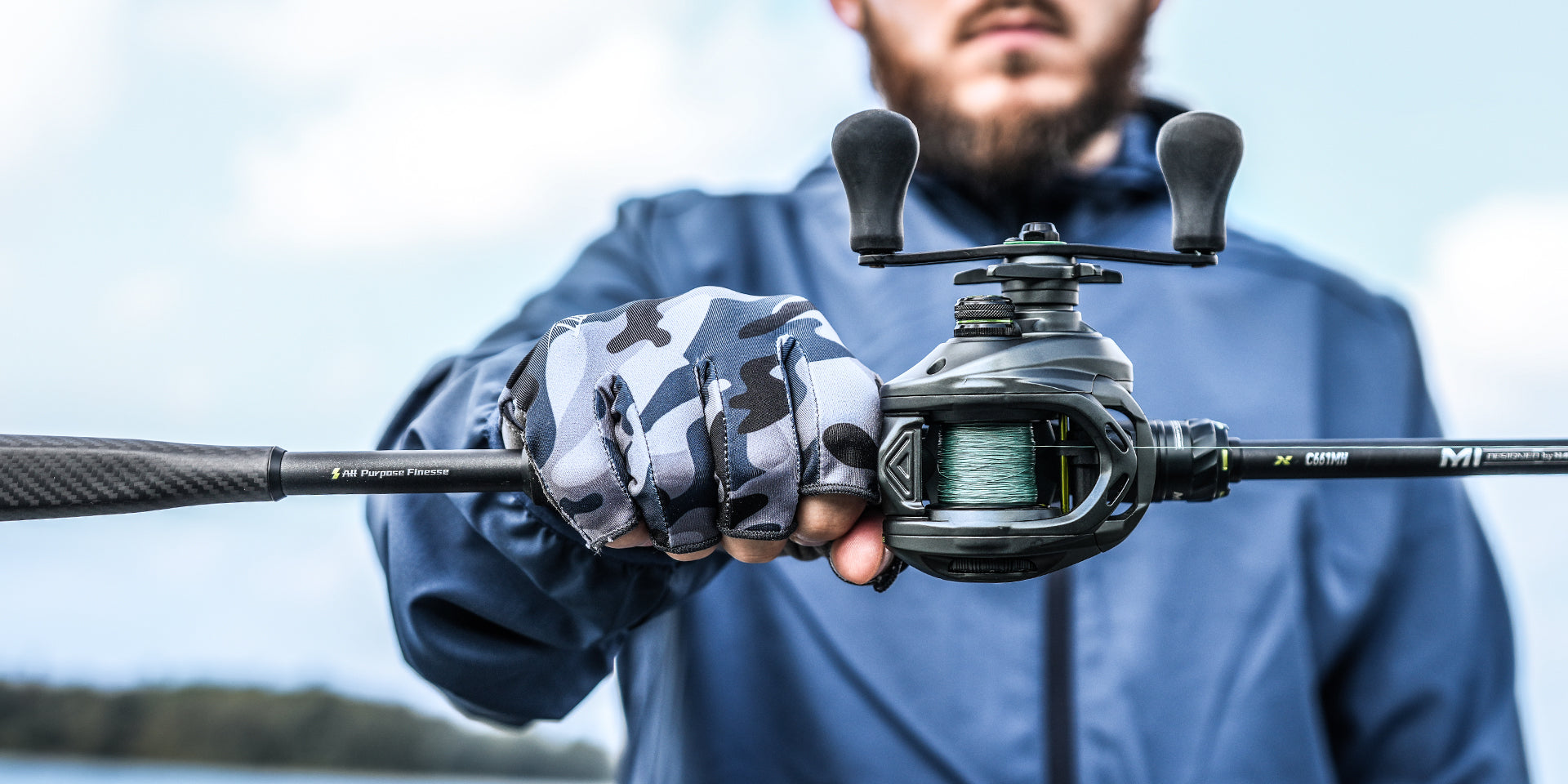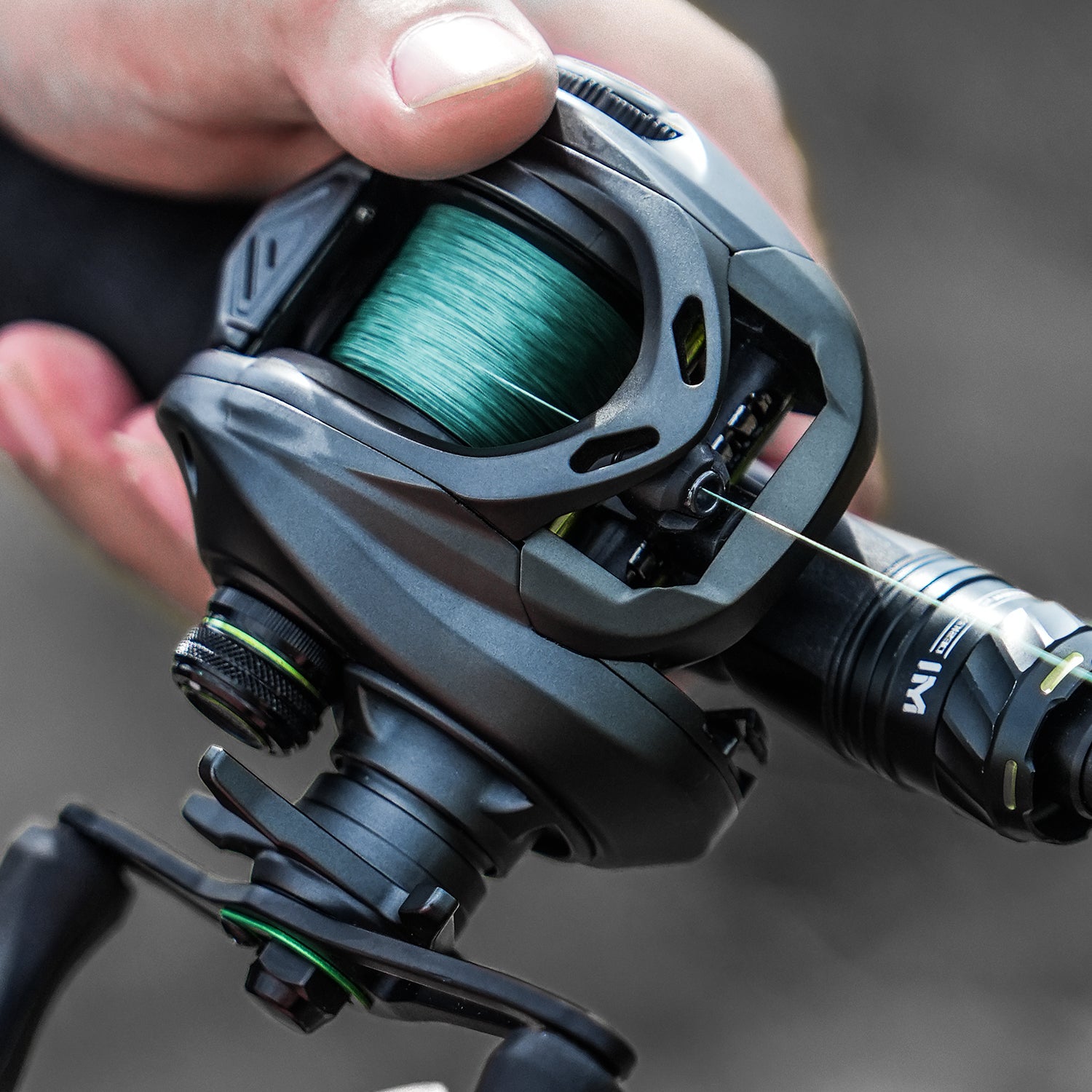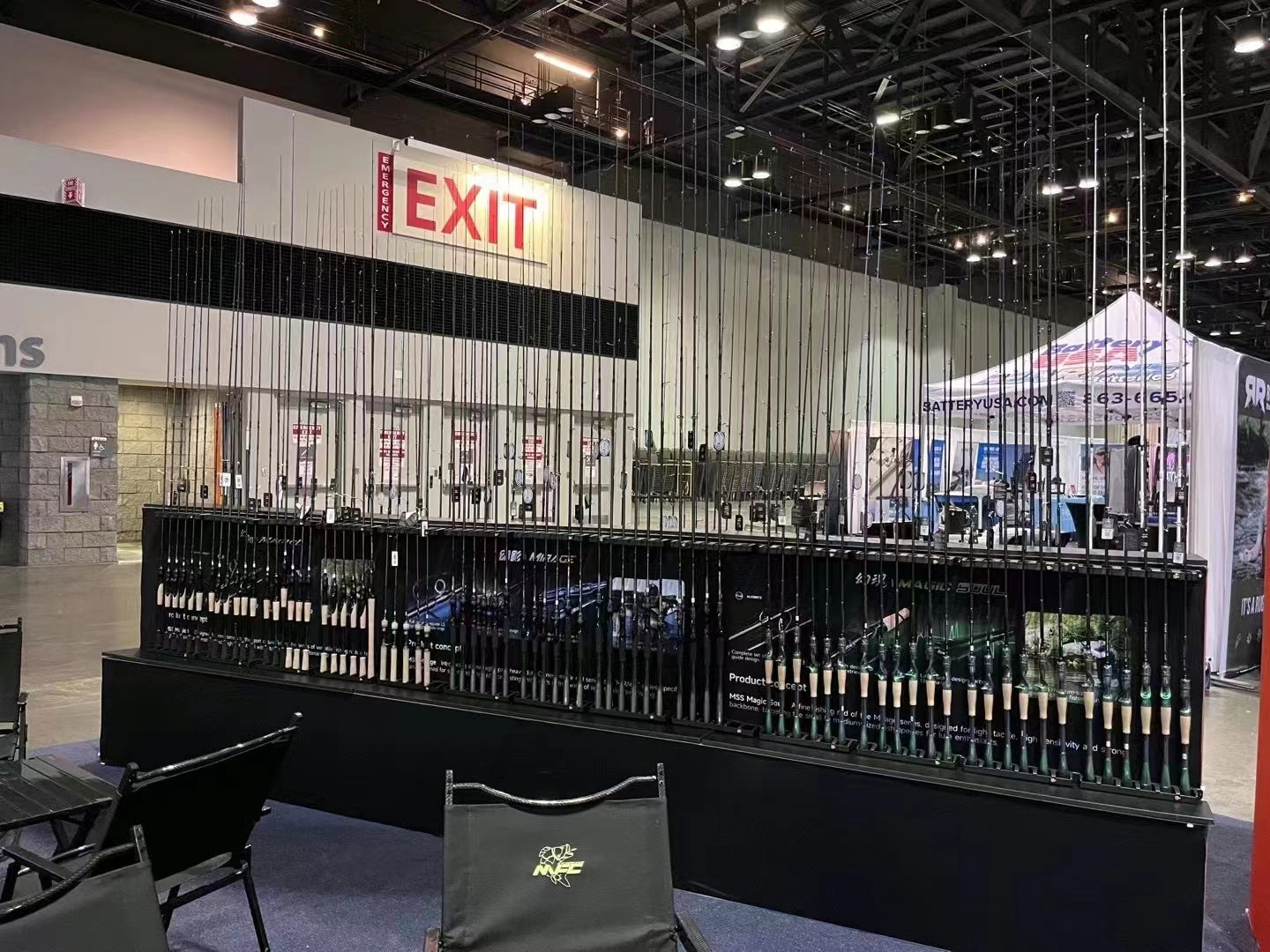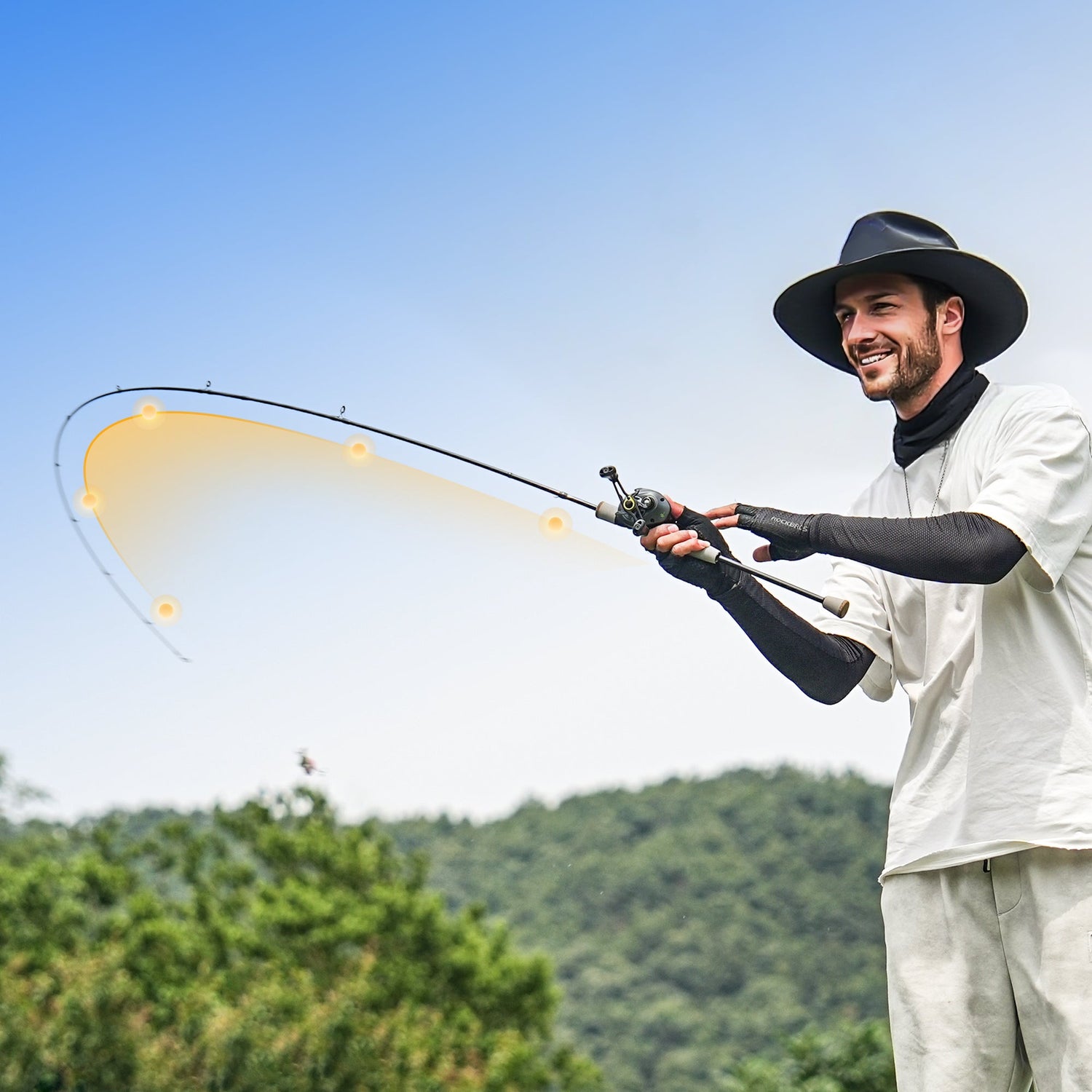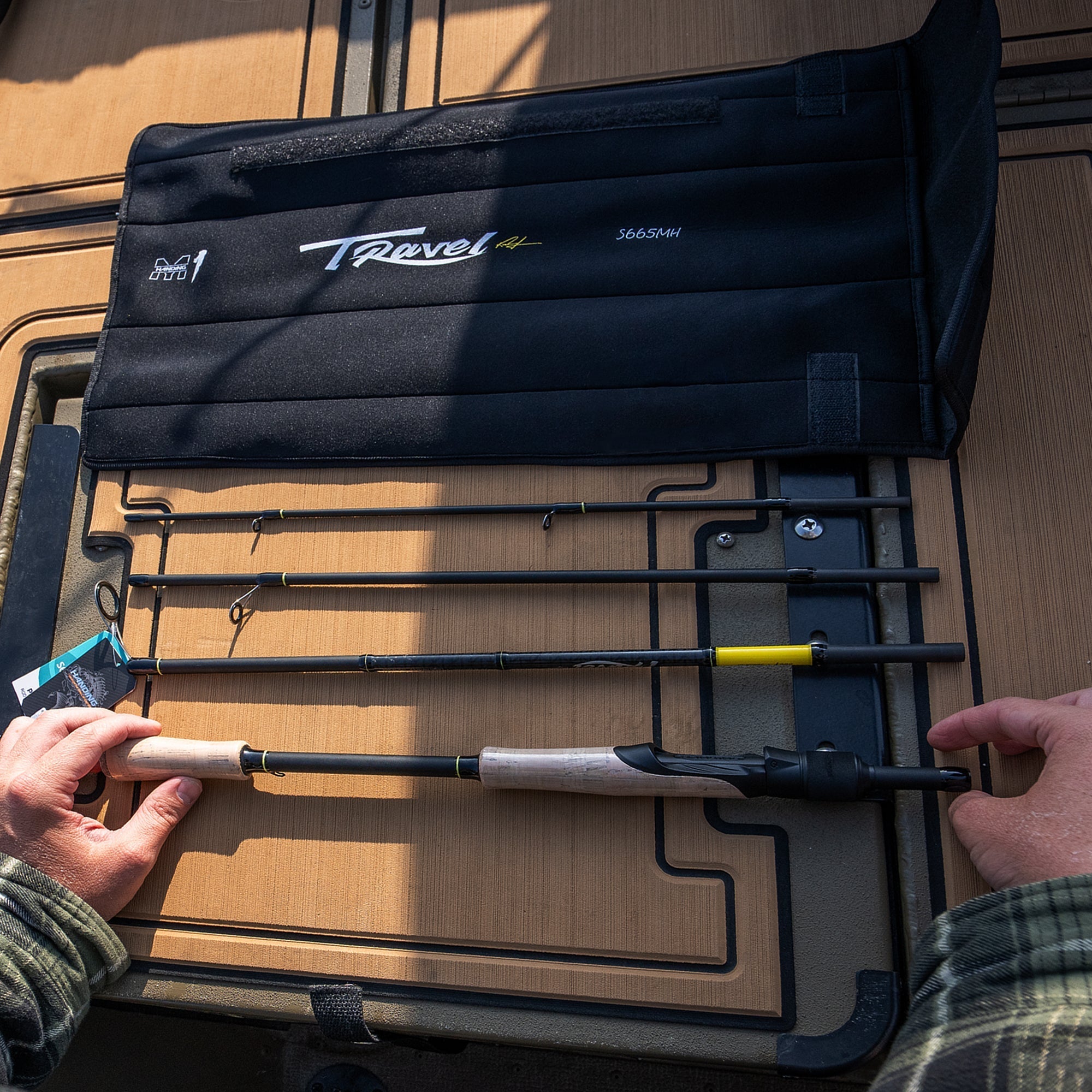Jumping into lake fishing is a fantastic way to get outdoors, but walking into a tackle shop for the first time can be overwhelming. You’re met with endless aisles of shiny rods, complex reels, and walls of colorful lures. Where do you even begin? This guide cuts through all that noise and lays out the essential gear you’ll actually need to get out on the water and start catching fish.
The Foundation: Your Rod, Reel, and Line
Your rod, reel, and line work together as a single system. This is your foundation, and getting a balanced setup makes learning to cast and feel bites much easier.
The Rod
The simplest way to get started is with a spinning combo, which comes with a rod and reel already paired together. This takes the guesswork out of matching components and ensures they’ll work well together right out of the box. You'll see freshwater fishing rods in all shapes and sizes, but a great starting point is a rod that’s between six and seven feet long with a medium or medium-light power rating. This size is long enough to help you cast far out into the lake but short enough that it isn't clumsy to handle. The "power" rating just means it’s sturdy enough for common lake fish like bass or trout without being so stiff that you can't feel a small panfish nibbling.
The Reel
A combo will have a reel that’s the right size for the rod, usually a 2000 or 3000 model. The most important feature to check is the drag system—the dial on top of the spool that lets a fish pull out line smoothly without it snapping. It should feel smooth, not jerky. Also, look for an anti-reverse switch, which stops the handle from spinning backward and helps you get a solid hookset when a fish bites.
The Line
With a rod and reel in hand, the next piece of the puzzle is the fishing line. For your first setup, monofilament line is the way to go. It’s inexpensive, simple to tie knots with, and has some built-in stretch. That stretch is a huge plus when you’re learning; if a fish pulls hard, the line stretches a bit to keep the hook from popping out. It’s also tough enough to handle being scraped against rocks or logs. A spool of 6- to 10-pound test monofilament is the perfect all-purpose choice.
Building Your First Fishing Tackle Kit
Now for the fun part: the fishing tackle that actually catches the fish. To keep it all organized, you’ll need a tackle box. A small, simple plastic box with dividers is all you need to start. Inside that box, you should always keep a pair of needle-nose pliers. You’ll use them for everything from pinching sinkers onto your line to, most importantly, safely removing hooks from a fish’s mouth.
Basic Tackle: Hooks, Sinkers, and Bobbers
Start by grabbing a small assortment of hooks. Baitholder-style hooks in sizes 6, 4, and 2 are perfect for using live bait like worms. You’ll also want some wide-gap hooks, maybe in a 1/0 or 2/0 size, for rigging soft plastic lures. To get your bait down to where the fish are, you'll need some weights, or sinkers. A small dispenser of split-shot sinkers is perfect; you just pinch them onto your line with your pliers. And don’t forget a couple of classic red-and-white bobbers. They’re great for keeping your bait suspended off the bottom and give you that can't-miss visual signal when a fish takes the bait.
A Starter Set of Fishing Lures
Fishing lures are meant to imitate what fish eat, and a few key styles will get you far.
- Inline Spinners: This lure is a classic for a reason. Its spinning blade sends out flashes of light and vibrations that curious fish just can't seem to resist.
- Spoons: Just a curved piece of metal that wobbles and flutters through the water like an injured baitfish. Spoons are easy to use and have been catching fish for generations.
- Soft Plastic Worms: Arguably the most versatile lure ever made. A pack of four- to six-inch plastic worms in a natural color like green pumpkin can be rigged in different ways to catch fish anywhere.
- Crankbaits: Crankbaits are hard-bodied lures with a little plastic bill on the front that makes them dive and wiggle as you reel them in. A shallow-diving model is a great way to explore a new area.
Final Essentials Before You Go
A few other items don't fit in your pocket or tackle box but are crucial for a successful day.
A Landing Net for a Successful Catch
A landing net is a smart investment. It helps you safely scoop up a fish once you get it to the shore or boat, which is better for both you and the fish, especially if you plan to release it. Look for one with a rubberized mesh, as it’s gentler on the fish's protective slime coat and your hooks are less likely to get tangled in it.
Your Fishing License: Don't Leave Home Without It
Finally, the single most important piece of gear isn't sold in a tackle box. You'll need a state fishing license. Anyone over a certain age is required to have one to fish in public waters. It's easy to get one online or at most sporting goods stores, and the money goes right back into keeping the lakes healthy and stocked for everyone.
Ready for the Water
That’s really all it takes to get started. You don’t need a boat full of expensive equipment to enjoy a day at the lake and catch some fish. This basic setup will serve you well as you learn the ropes. The most important part is to be patient, have fun, and enjoy your time outdoors. Now, go get a line wet.


